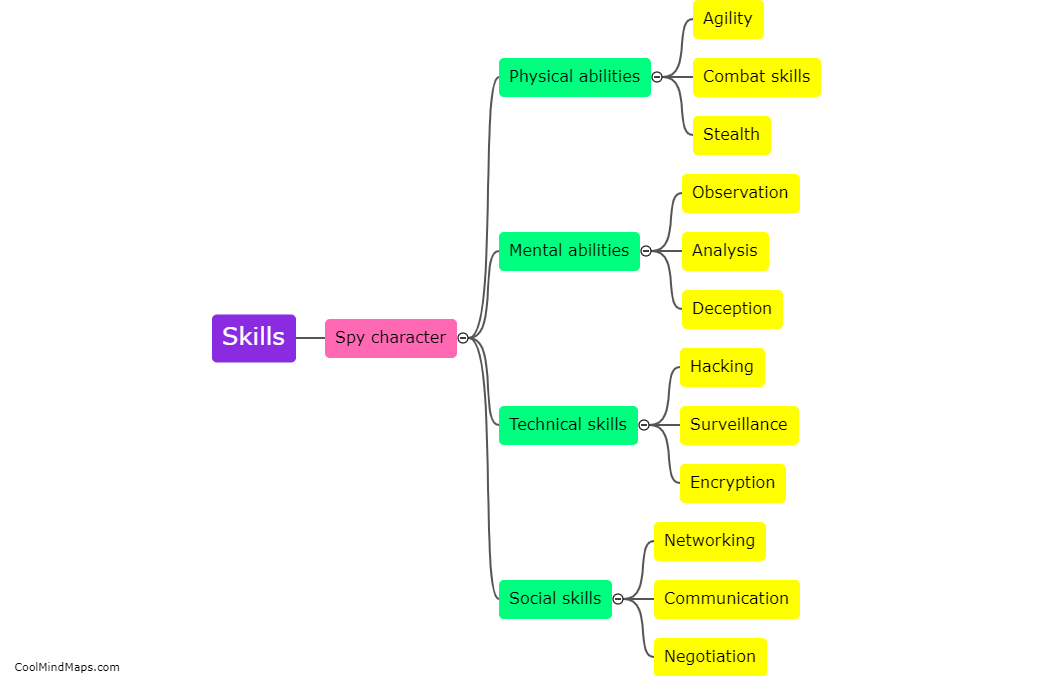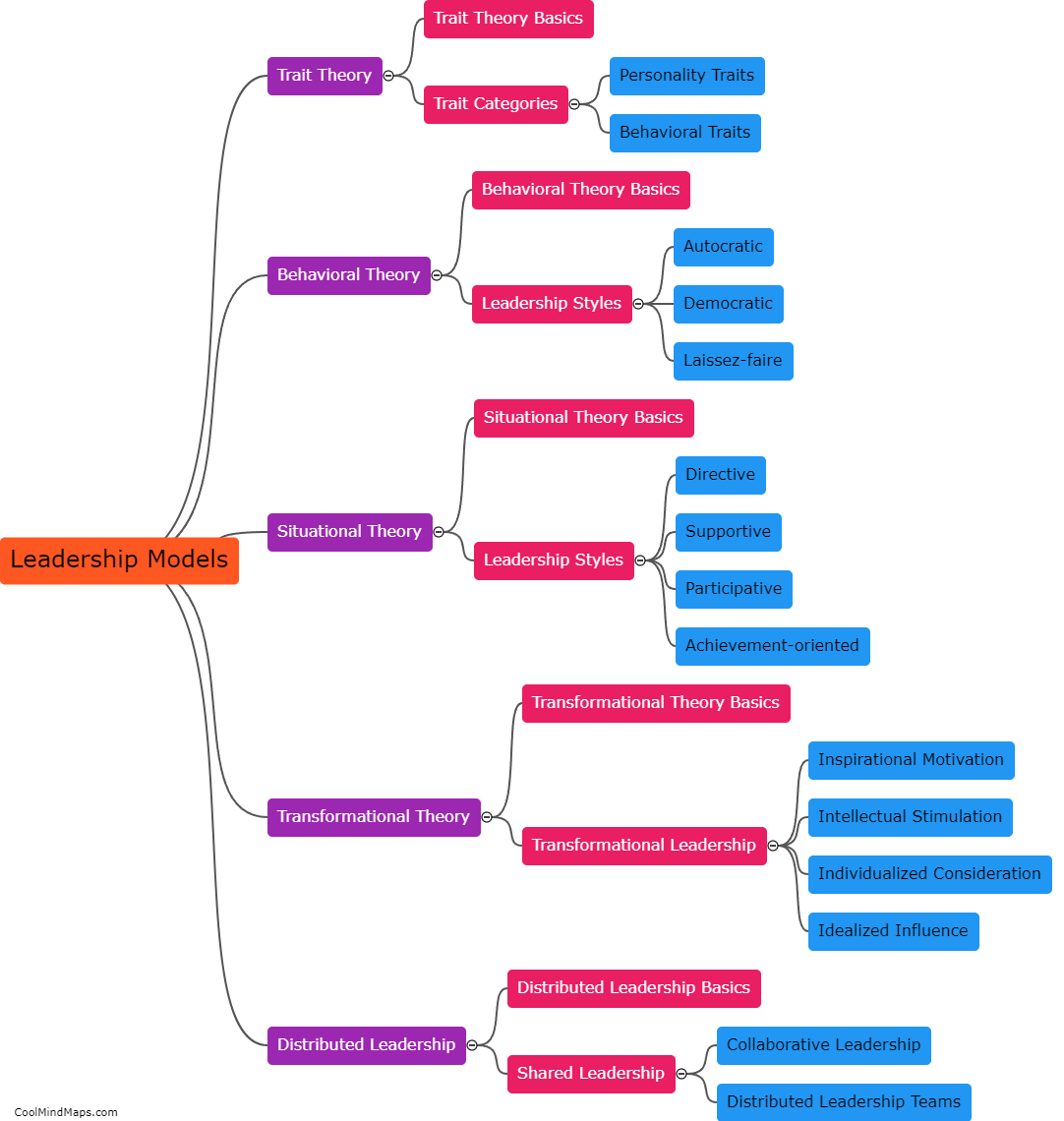How do models of educational leadership differ in their environment?
Models of educational leadership can differ significantly based on the specific environment in which they are applied. The environment can encompass various factors such as the cultural context, the level of development of the educational system, the socio-political climate, and the unique needs and challenges of the students and community. In developed countries, for example, leadership models may emphasize managing and improving existing educational systems, fostering innovation and collaboration among staff, and ensuring effective use of resources. In contrast, in developing countries, leadership models may prioritize expanding access to education, overcoming resource constraints, and addressing social and economic inequalities. Additionally, in culturally diverse environments, models of educational leadership may emphasize cultivating inclusivity, recognizing and valuing diverse perspectives, and promoting culturally relevant pedagogy. Therefore, models of educational leadership need to be adaptable and responsive to the specific context and needs of the educational environment in order to effectively meet the goals of quality education and student success.

This mind map was published on 26 November 2023 and has been viewed 101 times.











